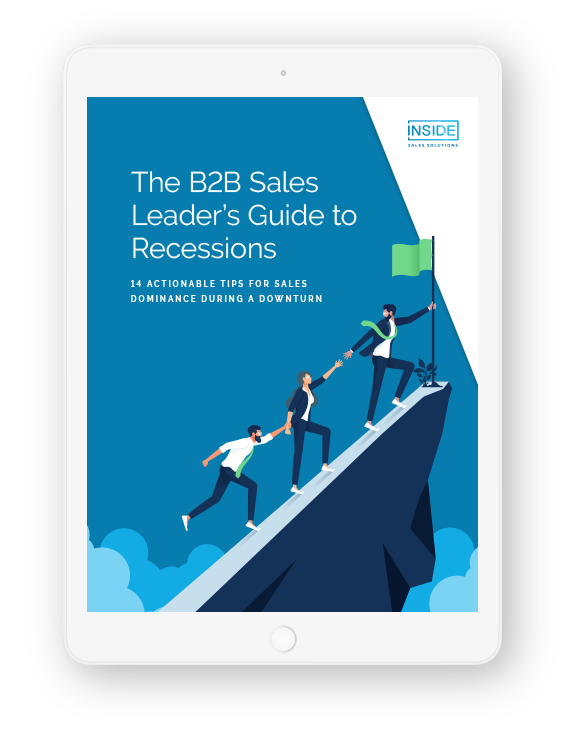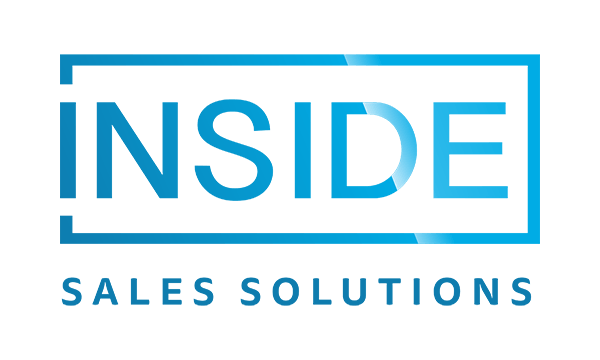With more technology at everyone’s fingertips, most people would assume the job of a sales team has gotten easier. For many, it’s quite the opposite. A recent HubSpot report states that 34% of sales professionals believe closing deals is harder than ever.
That’s surprising at first glance. If you consider the past two years alone, it makes sense though. From working conditions to advanced products, the B2B sales landscape has never changed faster.
Your sales team isn’t the only one with enhanced technologies, access to new information, and massive shifts in lifestyle. Your competitors and customers are living through these changes and trends too. The global market is different, and that means your B2B sales strategy might need to look different going forward too.
Start by getting clear on what these trends are. Then, back those findings into your current strategy. Odds are, you’ll want to make some shifts here and there.
Get the Ultimate Guide to Maximizing Channel Sales
Here are the trends we’re seeing (plus takeaways for your strategy):
Trend: More Focus on Strategic Insights
Knowing your customer, product, and market has always been table stakes for sales success. Sales teams are turning this up with strategic insights – the main difference being intentionality and sophistication.
Companies are increasingly focused on data-driven growth, and they’re investing in full-time teams to manage it. Some people are even referring to this trend as “Moneyball” for B2B sales. That might be a little far (for now), but we’re seeing these analyses go deep on customers, competitors, partners, and even adjacent markets.
Leaders who are more focused on strategic insights are introducing systems to ensure they have a continuous flow of information. Then, they use this information to build their sales strategy and enable their team.
Takeaway: There are many strategies to consider when it comes to insights. First, look at your current approach. How do you gather data now? Do you have a plan for delivering insights to the team? Your answers here will drive the strategy.
There are a few ways to increase your focus on insights that don’t require much heavy lifting or specialized resources. When it comes to customer insights, the best way to understand their needs and behavior is by talking to them. Consider scheduling a weekly or biweekly customer interview where you can directly ask them questions about their unmet needs and overall experience.
A related option is to establish a customer advisory board where these meetings take place with multiple customers at once. If you have a product or marketing team, reach out to see if they’re already doing something like this – it will be easier and more effective to collaborate.
Trend: Social Selling as Lead Generation
We’re living in a highly automated world. Most of it works great and makes life easier. In B2B sales, it can make your life easier too – but it’s becoming less effective and carries its fair share of risks.
B2B customers are more skeptical than ever. They can sniff out an automated message from miles away. It’s not just automated messages from companies. They’re constantly flooded with information from every angle.
Because of this, social selling is becoming a popular talking point among sales leaders. That’s because it adds a human element to a world getting less human every day. Social selling as a lead generation tactic is a fairly new concept. Simply put, social selling is when your team uses social media to connect and interact with prospects, generate new leads, and nurture open opportunities.
Takeaway: Social selling is about being authentic in your engagement while remembering the ultimate outcome is to drive new sales. That can be a tough line to balance, so keep it simple if you’re just starting out.
Identify where your customers spend time online and begin interacting there. Once you’ve determined the right channels, make sure you are following relevant people. This includes your customers, partners, and the people they follow. In a similar way, make sure you’re engaging with these follows by “liking” and commenting on relevant posts. Your team can’t just show up to the party – you’ve got to strike up conversations.
Trend: Longer Sales Cycles
B2B sales cycles are getting longer. Long B2B sales cycles are normal, mostly due to deal size and structure. It also takes longer to engage decision makers, and the buying decision is much more complex than in B2C. But why would they get even longer?
While some of this lengthening can be attributed to the pandemic – where people had to put off purchases indefinitely – it’s also an effect of other trends. More and more stakeholders are involved in B2B purchase decisions. It’s now common at the enterprise level, for example, to have a full decision-making unit (DMU) with a variety of roles involved. This naturally slows the process when you have to factor in double or triple the questions and opinions.
B2B buyers are generally taking longer to respond to sales. Today’s B2B customer is conducting their own research online. The days of booking a demo and closing the sale afterwards will be gone soon. They aren’t going to take your team’s word for it anymore. Reviews, features, and pricing are all available online. Your prospects are constantly comparing details to aid their decision.
Takeaway: Longer sales cycles increase the risk of losing a sale. The more time they spend in decision mode, the more time they have to disappear. This makes relationship building and disciplined follow-up with B2B buyers even more important.
Based on our experience, you need to engage with up to 3-5 stakeholders in any given organization to get a deal to completion. It’s critical to gain and leverage an internal champion nowadays. Not only do you need to understand who the decision-making unit is, but you need to understand how they work together. Internal champions advocate for your company while also providing behind-the-curtain context for your team.
Trend: Increased Investment in Sales Enablement
Over 258,000 LinkedIn members have “sales enablement” in their job title. And that number is growing every month. Leaders are quickly realizing the tangible value of sales enablement and hiring full-time professionals or outsourced partners to fill these needs.
Sales enablement is key for a growing sales team because it makes your performance more scalable. You’re no longer relying on a few top salespeople who hold the secrets to success in their heads. With sales enablement, you have a system that everyone goes through and a library of content accessible to all – making sales performance more efficient and predictable.
As more companies focus on the customer journey and insights, sales teams get a better understanding of how their customers behave at specific points in time. This is where sales enablement is really shining through for companies. We’re seeing sales organizations engage with prospective B2B buyers in highly targeted ways as a result of the training and resources they receive.
Takeaway: There are a lot of angles to consider when investing in sales enablement. Focusing on the buyer’s experience is a must-have with your sales enablement plan. To do this, your team needs a strong understanding of the target audience. They need to know where each customer is in their journey, and they need to know exactly how to sell and what resources they’ll need at that stage. Your sales training, playbooks, and collateral should reflect this.
When it comes to including sales enablement in your B2B sales strategy, it should be a continuous activity. Sales training is not a one-time checklist for successful companies, especially for new reps. And the same is true for creating enablement content – there are nearly always opportunities to provide better information about your solutions or how they’ve helped people.
It’s unrealistic to act on all these trends at once, but you can start thinking about them now. Talk to your fellow leaders and sales team about these ideas. Decide if you’re seeing the same trends in your world, and whether or not they’re worth responding to. No matter how your strategy changes, you’ll at least have these trends on your radar.
Considering Outsourced Sales Development?
Take a peak at how B2B sales teams can overcome economic uncertainty.


